Application in the rail transit industry
1. Introduction to the three-dimensional garage
1.1 Introduction
The problem of vehicles having nowhere to park is a result of the social, economic, and transportation development of cities to a certain extent. The development of three-dimensional parking equipment has a history of nearly 30-40 years abroad, especially in Japan, and has achieved success in both technology and experience. China also began researching and developing mechanical three-dimensional parking equipment in the early 1990s, with a history of nearly 20 years. Due to the 1:1 ratio of residents to parking spaces in many newly built residential areas, in order to solve the contradiction between the occupied area of parking spaces and the commercial area of residents, mechanical three-dimensional parking equipment has been widely accepted by users due to its unique feature of small average single car occupied area.
1.2 Advantages of a three-dimensional garage
Compared to underground garages, three-dimensional garages can more effectively ensure personal and vehicle safety. If people or vehicles are not allowed to park in the garage, the entire electronic controlled equipment will not operate. It should be said that mechanical garages can achieve complete separation of people and vehicles in terms of management. The use of mechanical storage in underground garages can also eliminate heating and ventilation facilities, resulting in significantly lower power consumption during operation compared to underground garages managed by workers. Mechanical garages generally do not have a complete system, but are assembled from a single unit. This can fully leverage its advantages of limited land use and divisibility, and mechanical parking buildings can be randomly set up in each cluster or downstairs of each building in the residential area. This provides convenient conditions for communities with a shortage of garages to solve the problem of parking difficulties.


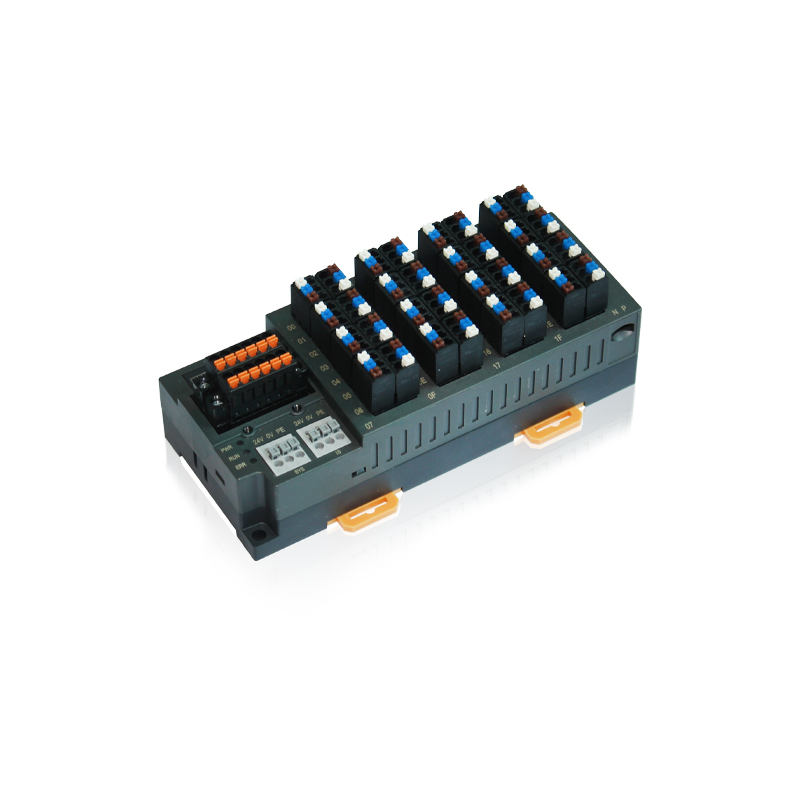
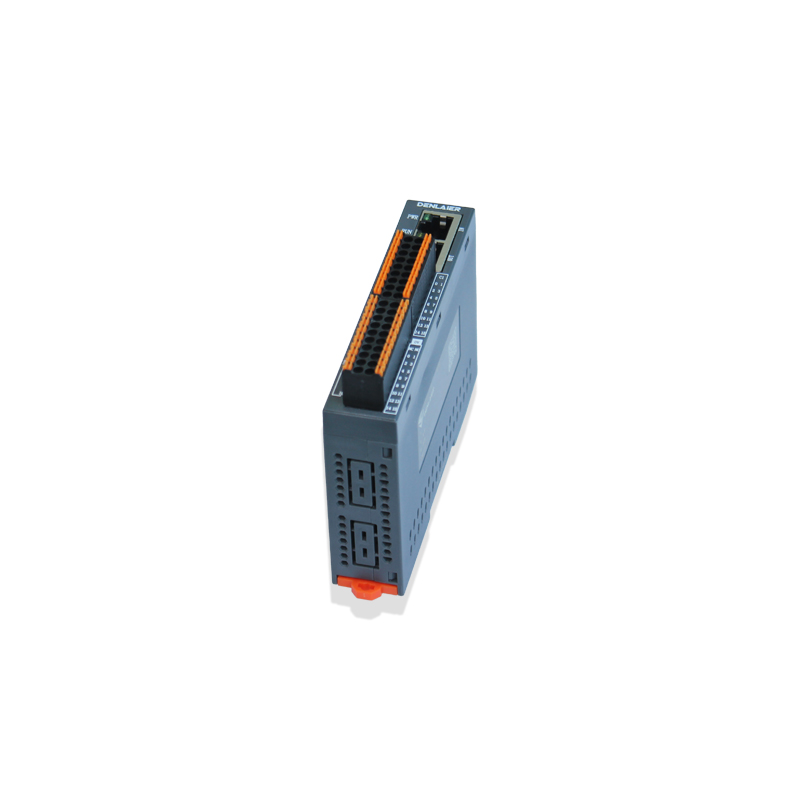
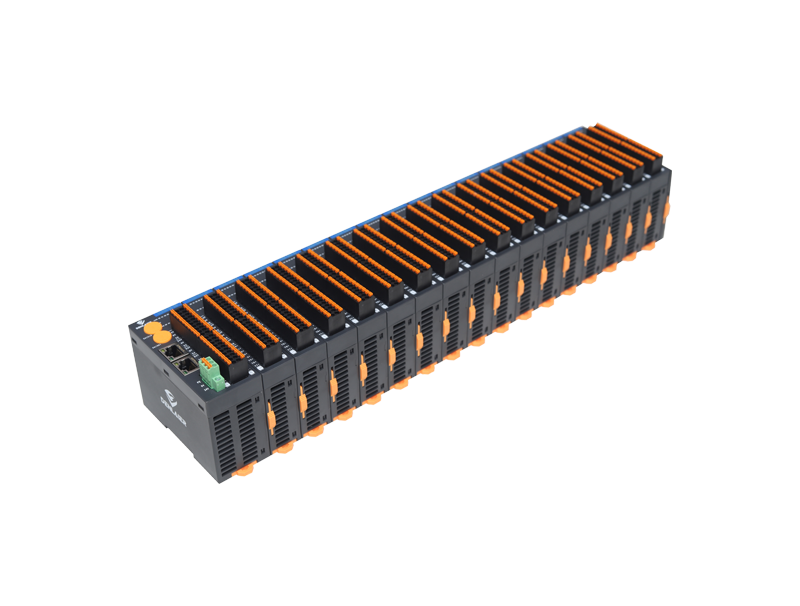

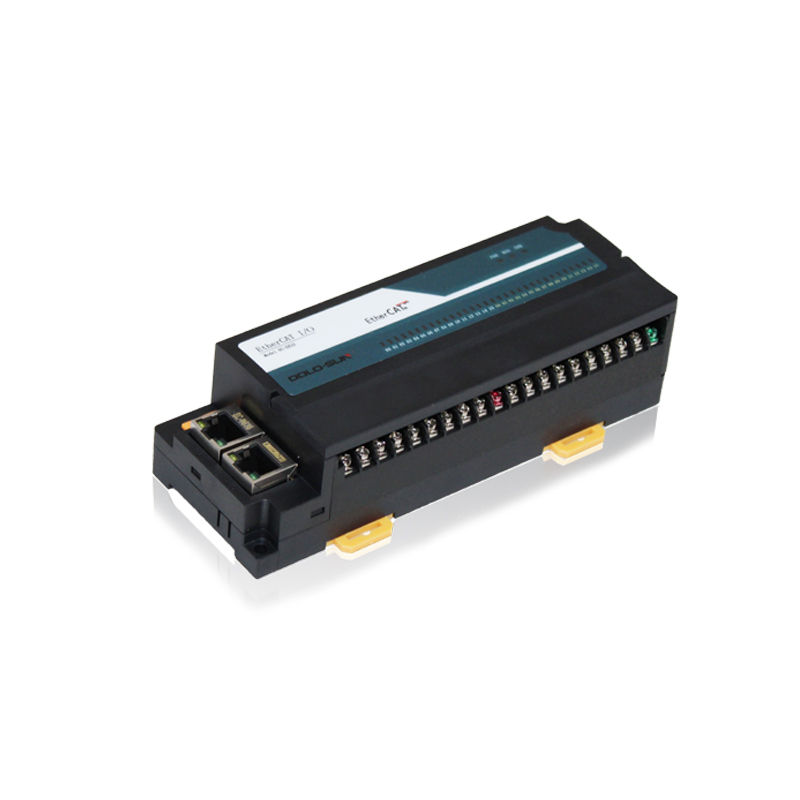
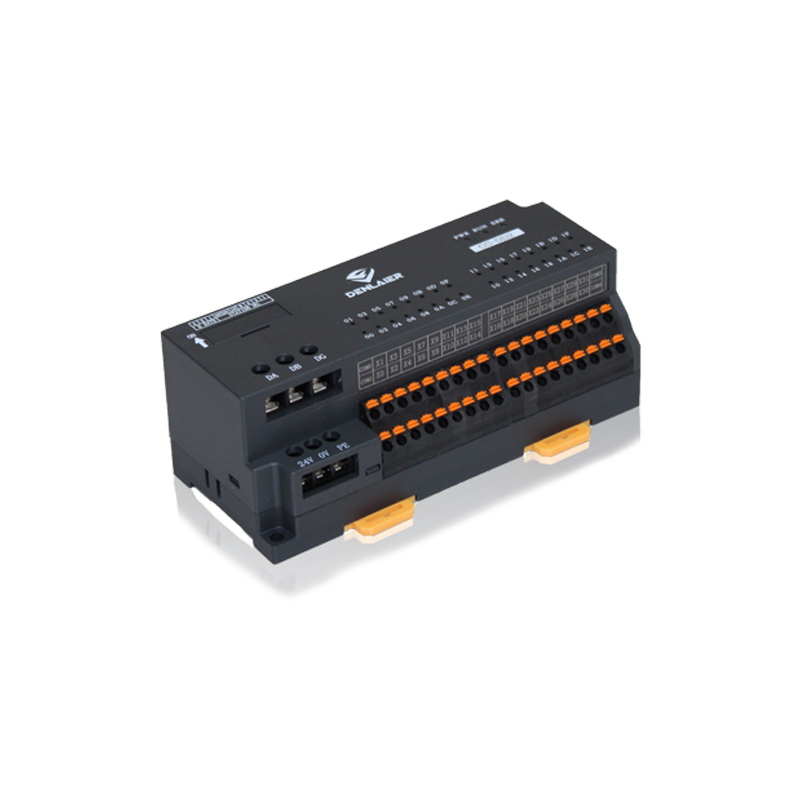
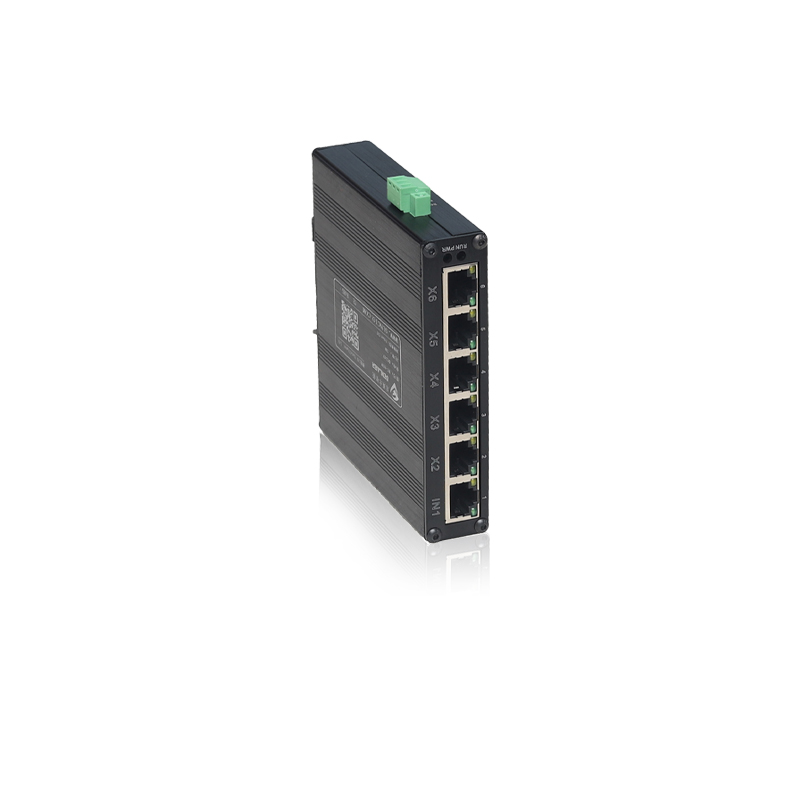


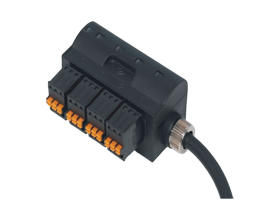
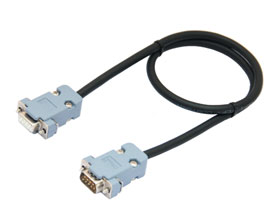

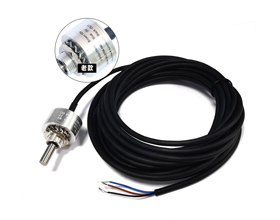
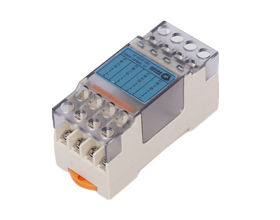
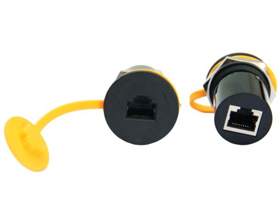

 Follow WeChat
Follow WeChat Official account
Official account